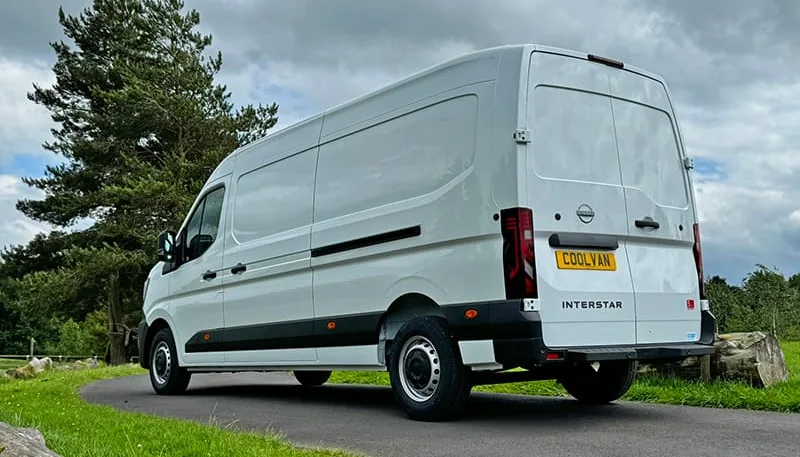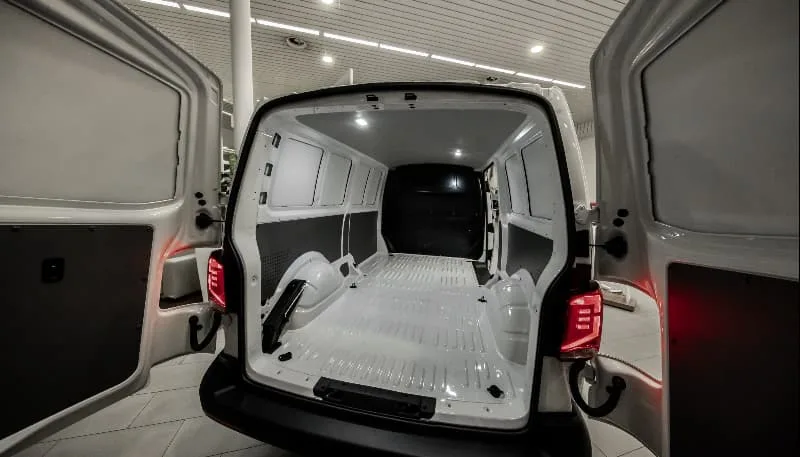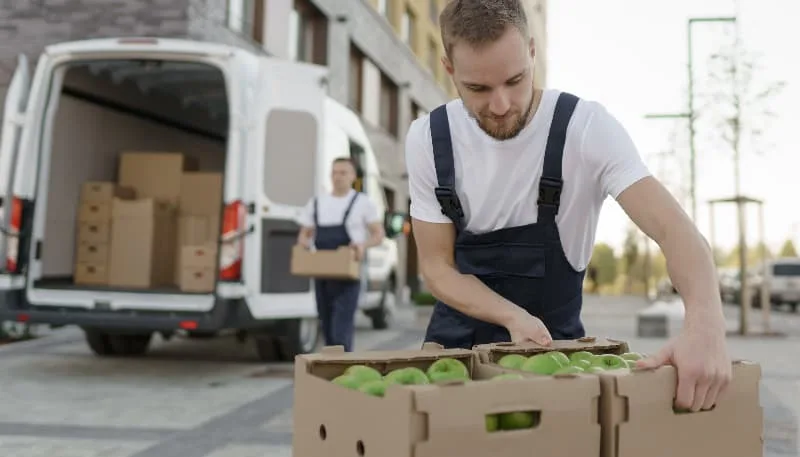When you’re investing in a refrigerated van, it’s not just the temperature range or payload capacity that you need to think about. The way you plan the layout of your load space can make all the difference to efficiency, compliance, and the day-to-day running of your business. Whether you’re carrying palletised goods, loose items, or a mixture of the two, the setup you choose can help you get the most out of your van while minimising risk and wasted space. To help you make the right call, we’ve rounded up some of the key questions to ask when planning your layout.
What type of cargo are you transporting most often?
The very first thing to consider is the type of goods you’ll be moving. If your business mainly deals with palletised cargo, you’ll need a clear, flat floor space and easy rear-door access, ideally with enough width for a pallet truck or forklift. On the other hand, if your deliveries are mostly made up of smaller or loose packages, like catering supplies or mixed orders, then shelving, racking, or partitioned areas can help keep everything secure in transit. For many businesses, the reality is somewhere in between, which is why a flexible layout that can accommodate both pallets and loose items is often the most practical solution.
How will you load and unload your cargo?
Loading and unloading are key parts of your operation, so it’s worth thinking about how your layout can support the process. Pallets typically require rear loading and a reinforced floor that can stand up to forklift use, whereas loose cargo is often easier to access through side doors for quick drop-offs. If your drivers are making multiple deliveries in a single day, easy access becomes even more important. A dual-access setup, which allows for both open floor space and shelving, can strike the right balance between convenience and capacity.
Do you need partitions or compartments?
Depending on your business model, it may be useful to include partitions in your van. These can separate palletised stock from loose goods, or even divide the vehicle into chilled and frozen sections for dual-temperature loads. Bulkier palletised goods are usually best placed towards the rear of the van for stability, while smaller items can be stored in racking near the side doors for quick access. This kind of compartmentalisation is particularly valuable if your business needs to serve both wholesale and retail customers in the same run.
How does weight distribution affect your setup?
Weight distribution is one of those technical details that’s easy to overlook, but it has a huge impact on safety and efficiency. Palletised goods are naturally heavy and need to be positioned centrally or directly over the axle to avoid destabilising the van. Lighter items, on the other hand, can be placed in racks higher up or towards the sides. Poor planning at this stage can cause vehicle instability, accelerated wear on suspension, or even legal issues if weight limits are exceeded – so it pays to get it right from the outset.
What is the long-term cost of your chosen layout?
Finally, it’s always worth thinking beyond the initial setup to the long-term cost of ownership. Reinforced floors, quality insulation, and durable shelving may require more investment upfront, but they’ll save money in the long run by cutting repair bills and protecting the resale value of your van. A well-thought-out layout can also reduce loading and unloading times, improve fuel efficiency, and even help your drivers work more safely. For many businesses, modular shelving or flexible storage systems provide the adaptability needed to evolve alongside their operations.
Whatever type of goods you’re transporting, the way you configure your refrigerated van will have a major impact on the success of your business. At CoolVan, we’ve got years of experience helping customers design layouts that work for both palletised and loose cargo, balancing payload requirements with compliance and efficiency. Amongst our range you’ll find Volkswagen Crafters, Ford Transits and Mercedes Sprinters, just to name a few! If you’d like advice on the best setup for your fleet, just give us a call on 0161 751 7140, or email us at sales@coolvan.co.uk – we’ll be happy to help!



